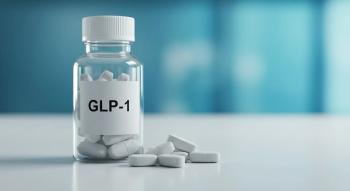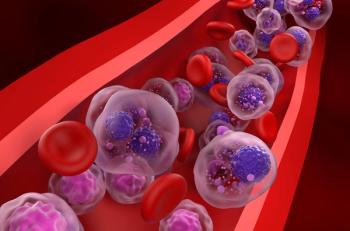
Ministrokes May Cause More Damage than Previously Thought
Ministrokes were observed to depress the affected area for up to 17 days.
Researchers in a new study recently discovered that ministrokes may lead to cognitive decline and dementia.
Ministrokes, also known as transient ischemic attacks and cortical microinfarcts, only last for a few moments, and occur when an artery temporarily becomes blocked by a blood clot. Although a ministroke lasts for a much shorter period of time compared with a regular
Ministrokes cause tiny lesions (0.05 — 3 millimeters) in the brain, and may result in cognitive decline and dementia, according to a study published by the Journal of Cerebral Blood Flow and Metabolism.
The investigators initially hypothesized that ministrokes may affect the brain on a larger scale than what has been discovered through MRIs or histological evidence. To test this theory, the researchers created a mouse model they could assess the effects of microinfarcts on the cortical tissue following the event.
In the study, the investigators used photothrombosis, which is an experimental technique used to cause cerebral infarction in rat models, to close the arteriole in the barrel cortex in the mice. The barrel cortex is a component of the somatosensory cortex of mice, and its structure is reminiscent of whiskers on a snout, according to the study.
Cranial windows were implanted into the barrel cortex of the mouse models. The investigators then assessed functional readouts of brain activity in relation to the location of the ministroke core. This investigation was conducted in mouse models, and in post-mortem brain samples.
The researchers found that ministrokes may affect a much larger area, and have longer-lasting effects than previously known, according to the study. Using c-Fos immunostaining in post-mortem brain samples showed that the ministroke affected an area 12 times larger compared with the ministroke core, according to the study.
Single vessel 2-photon imagining showed that neuronal activity in the affected area was depressed for 14 to 17 days, which the study authors said was surprising.
“I knew larger strokes could have distant effects, but I was surprised that something of this scale could have such a large effect. The MRI signal increased and then went away as we had expected, but we were surprised on autopsy to see that there was still lots going on - tissue damage and neuroinflammation,” said researcher Andy Shih, PhD. “Even after 3 weeks, the neurally evoked blood flow responses had only partially recovered. This means a microinfarct can come and go and you can see it briefly with MRI but it leaves a lasting impression on brain function - possibly for months.”
The study authors believe that these findings may help to further evaluate the impact of ministrokes, and could be used to prevent the strokes from occurring.
"These infarcts are so small and unpredictable, we just have not had good tools to detect them while the person was still alive," Dr Shih said. "Until now, we just had post-mortem snapshots of these infarcts at the end of the dementia battle as well as measures of the person's cognitive decline, which might have been taken years before the brain became available for study."
Because ministrokes are difficult to detect with current imaging methods, in vivo data typically does not match post-mortem histological evidence, according to the study. This creates significant issues for researchers to connect ministrokes with cognitive decline.
However, the authors were able to overcome this problem by creating a novel animal model that allowed them to follow the effects of the ministrokes.
Since these ministrokes are thought to cause more significant damage, these findings may be used to create future preventive measures, according to the study.
"On a clinical level, maybe [...] therapeutics can play a bigger role. Maybe drugs that we already have can mitigate the cumulative damage of microinfarcts [...] If an MRI shows a person is at high risk for microinfarcts, maybe one day we can put them on a drug for a while to reduce the impacts of these lesions,” Dr Shih concluded.
Newsletter
Stay informed on drug updates, treatment guidelines, and pharmacy practice trends—subscribe to Pharmacy Times for weekly clinical insights.






































































































































































































